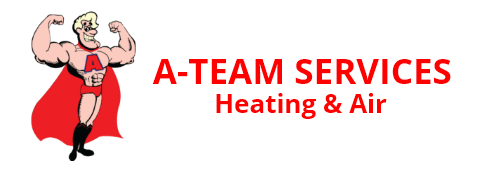What Makes my Home Comfortable?
- Furnaces
- Heat Pumps
- Air Conditioners
- Humidifiers
- ThermidistatTM Control
- ComfortHeat Technology
We would love to give you a FREE estimate to answer any questions you might have regarding these products and help you decide which works best for you.
- Thermostats
- ThermidistatTM Control
- Zoning System
How Can I Save Money?
Shopping for bottom line price is easy. But, will the lowest priced system end up costing you money in the long run with higher operating costs or by needing to be replaced sooner? Will the lowest priced system provide the comfort you expect?
Comparing energy efficiency of different brands of heating and cooling equipment is relatively easy. Although the rating systems are standardized, allowing you to make a fair comparison, there are three different rating systems used. Each rating is used for a specific type of product(in other words, all furnaces use the same system, heat pumps use a different system, an so on). They are:
The government mandated a minimum AFUE rating for furnaces installed in new homes is 80%. (In contrast, many furnaces manufactured before 1992 had AFUE ratings as low as 60% — so nearly half the fuel was being wasted.) Furnaces with AFUE ratings of 80% are considered “standard”; those with ratings of 90% or higher are known as “high efficiency.” The maximum furnace efficiency available is around 96.6%.
In general, a higher efficiency furnace usually means two things:
- higher price
- lower monthly operating cost
If you have an older furnace (with an AFUE of about 60%), you could save up to 60% on your heating bills by replacing it with a new high-efficiency furnace. So the cost to replace your old, inefficient furnace is paid back through lower utility bills.
The typical SEER rating of units manufactured prior to 1992 is about 8.0. Now, the government mandated minimum is 13.0 SEER. High-efficiency units have a SEER of at least 14.0; the maximum available is about 17. In January 2006, the government mandated minimum will change to 13.0 SEER.
The government mandated minimum heating efficiency standards for new heat pumps is 7.0 HSPF. Most heat pumps manufactured before 1992 have HSPF ratings below 5.0. Today, an HSPF of 7.5 or higher is considered “high-efficiency”; the maximum available is 10.0.
Matching Your System for Optimum Efficiency
There’s one other factor that affects the efficiency of your air conditioning or heat pump system: the indoor coil. (Your heat pump or air conditioner is a “split system,” which means that there is an outdoor unit, or condenser, and an indoor unit, or evaporator coil.) If your condensing unit is not matched with the proper indoor coil, it may not give you the stated SEER and/or HSPF ratings and could even develop performance problems. (It’s kind of like putting two new tires on one side of your car and leaving the old, worn-out ones on the other side. You’d probably be disappointed with both the performance and the miles per gallon you get.) When you’re replacing an existing system, make sure you replace both units so your new condensing unit will give you optimal performance, efficiency and comfort.
Are Home Warranties Worth The Money?
The issue with home warranties is that they sell themselves as “whole home” insurance but can actually be quite limited in what they’ll actually cover – leaving homeowners with a double-dose of sticker shock.
Rodney Smith, owner of A-Team Services, addressed this very question in a recent interview with WSB-TV 2 Atlanta which you can read here.
Ultimately, the more cost effective option is to make sure your equipment is taken care of with a robust maintenance program, like our very own Service Club! Membership guarantees you regular maintenance of your air conditioner and furnace each year along with a host of other benefits for one low price.
